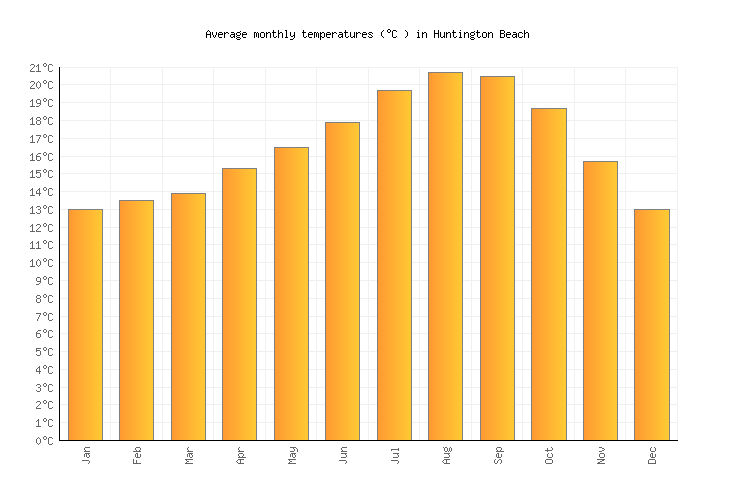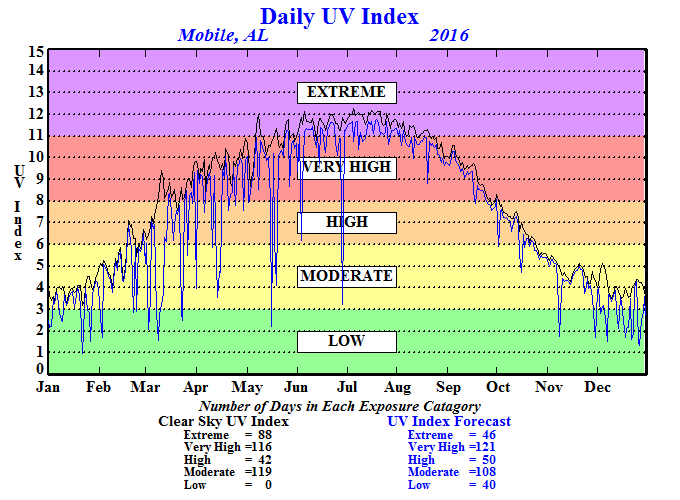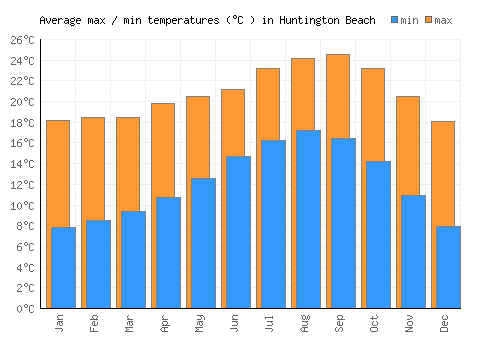Huntington Beach, known as Surf City USA, is not only famous for its stunning beaches and vibrant surf culture but also for its outdoor activities year-round. However, one crucial aspect that any traveler should be aware of is the UV Index. In this comprehensive guide, we’ll explore the UV Index in Huntington Beach, share personal travel experiences, and provide valuable tips for sun safety.
What is the UV Index?
The UV Index is a measure of the strength of ultraviolet (UV) radiation from the sun. The higher the UV Index, the more intense the UV radiation, which can lead to skin damage if proper precautions aren’t taken. The index ranges from 0 (low) to 11+ (extreme).
The UV Index in Huntington Beach Throughout the Year
Monthly Breakdown of the UV Index
| Month | Average UV Index | Sun Safety Tips |
|---|---|---|
| January | 2 | Wear sunglasses and a hat for afternoon outings. |
| February | 3 | Use SPF 30+ sunscreen, especially during midday. |
| March | 4 | Avoid sun exposure between 10 AM and 4 PM. |
| April | 5 | Layer clothing and apply sunscreen regularly. |
| May | 7 | Seek shade and reapply sunscreen often. |
| June | 8 | Wear protective clothing and seek shade during peak hours. |
| July | 9 | Stay hydrated and wear a wide-brimmed hat. |
| August | 9 | Plan indoor activities during the hottest parts of the day. |
| September | 7 | Continue sun protection as UV rays can still be intense. |
| October | 5 | Enjoy outdoor activities but remain vigilant. |
| November | 3 | Use sunscreen if spending extended periods outdoors. |
| December | 2 | Dress warmly but still protect your skin. |
When is the UV Index Highest?
The UV index typically reaches its peak during the summer months, especially in June and July when it can soar to 9+. This is when travelers should be particularly cautious and take sun safety measures seriously.

Personal Travel Experiences with the UV Index in Huntington Beach
During my recent trip to Huntington Beach in July, the UV Index was at an alarming 9. Despite my love for the sun, I quickly learned the importance of sun safety. My enjoyable beach day included regular reapplications of sunscreen every two hours, wearing a wide-brimmed hat, and seeking shade under beach umbrellas. Here are some tips I picked up along the way:
My Tips for Enjoying the Sun Safely
- Plan Your Beach Days: Aim for early morning or late afternoon when the sun isn’t at its strongest.
- Choose the Right Sunscreen: Look for a broad-spectrum sunscreen with at least SPF 30 and water resistance.
- Cover Up: Lightweight, long-sleeved shirts and beach pants can provide an extra layer of protection against UV rays.
- Stay Hydrated: Drink plenty of water, especially on hot days to keep your body cool.

Understanding UV Index Ratings: What They Mean
UV Index Scale Breakdown
| UV Index Rating | Description | Sun Protection Actions |
|---|---|---|
| 0-2 | Low | No protection needed |
| 3-5 | Moderate | Take precautions, such as wearing sunscreen |
| 6-7 | High | Seek shade and wear protective clothing |
| 8-10 | Very High | Avoid sun exposure during midday hours |
| 11+ | Extreme | Take all protective measures |
Destination Highlights in Huntington Beach
Aside from being cautious about the UV Index, Huntington Beach offers a plethora of activities and attractions that can enhance your visit.

Top Attractions
- Huntington Beach Pier: Stroll down the iconic pier for breathtaking ocean views and vibrant local culture.
- Surf City Beach: Known for its excellent surfing conditions, this is a must-visit for surf enthusiasts.
- The Strand: A beautiful pathway perfect for walking, running, or biking while enjoying ocean views.
- Bolsa Chica State Beach: Offers a more serene beach experience away from the crowds.
Pros and Cons of Visiting Huntington Beach
Pros
- Beautiful beaches with plenty of activities.
- Vibrant surf culture and numerous events.
- Year-round pleasant weather.

Cons
- High UV Index during summer months.
- Can be crowded, especially on weekends.
- Parks and beaches may charge for parking.
Frequently Asked Questions
What is the UV Index today in Huntington Beach?
The UV Index in Huntington Beach changes daily based on weather conditions. You can find the current UV forecast through weather websites or apps.

How can I protect my skin while visiting Huntington Beach?
Use broad-spectrum sunscreen, wear protective clothing, and seek shade during peak sunlight hours.
Are there any recommended sunscreen products?
Some popular sunscreen options include:
- Neutrogena Ultra Sheer Dry-Touch SPF 100 – Highly rated for its lightweight feel and high protection.
- Coppertone Sport Sunscreen Lotion SPF 50 – Ideal for outdoor activities and water sports.
- Banana Boat Ultra Sport Sunscreen SPF 50 – Known for its durability and wide-range protection.

Is the UV Index the same as the SPF level?
No, the UV Index measures the strength of UV radiation, while SPF (Sun Protection Factor) indicates the level of protection a sunscreen provides against UVB rays.
Conclusion
Huntington Beach is a fantastic destination with endless opportunities for fun in the sun. However, understanding the UV Index is vital for ensuring a safe and enjoyable experience. With proper precautions, like wearing sunscreen and protective clothing, you can enjoy everything this beautiful beach city has to offer while minimizing the risk of sun damage.
